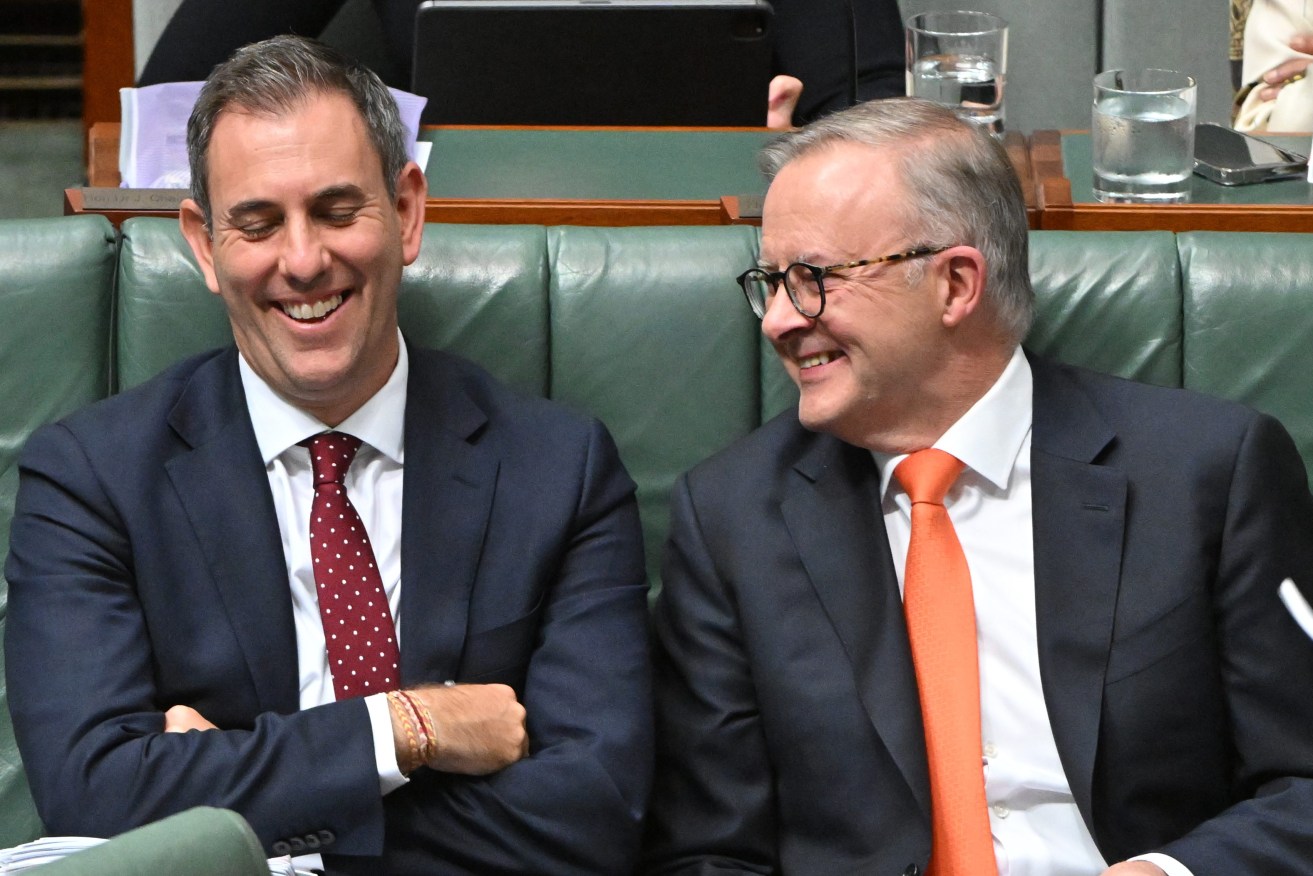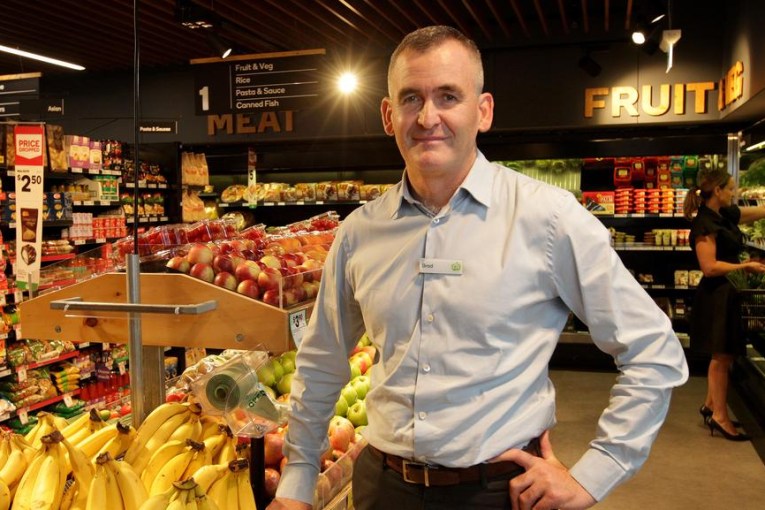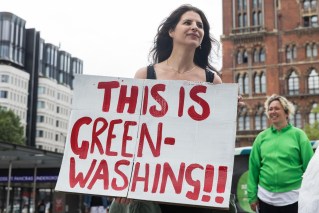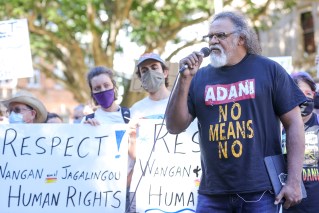World beaters: Australia weathers storms better than anyone
Australia’s labour market has proved more resilient to interest rate hikes and weakening economic conditions than any of the G7 countries.

Treasurer Jim Chalmers and Prime Minister Anthony Albanese in the House of Representatives at Parliament House. (AAP Image/Mick Tsikas)
Growth in employment outstripped the United States, France, Italy, Germany, Canada, Japan and the United Kingdom between May and November 2022.
Treasury analysis of Australian Bureau of Statistics data shows 234,000 more people found jobs in those six months, a 1.73 per cent increase. Construction, retail, and accommodation and food services led Australia’s surge in employment.
Some other jobs markets have also seen robust post-pandemic demand for labour, including the US, which reported a 1.26 per cent uptick between May and November.
However other advanced economies reported a slowdown in employment, including the UK, which saw jobs growth slide 0.27 per cent between May and November.
The research showed the Albanese government outpacing all other new governments on labour market strength.
Australia’s statistics bureau has recorded several months of ultra-low unemployment rates despite the Reserve Bank switching to policy tightening in May last year in a bid to rein in inflation.
Despite expectations that rate hikes will start to weigh on economic activity and subsequently the jobs market, another below four per cent reading is expected when November labour force data is dropped on Thursday.
Treasurer Jim Chalmers said he was realistic about the challenges ahead for the economy.
“With growing global pressures set to impact us more in 2023, having more Australians in good jobs is one of our best defences,” he said.
Demand for labour is expected to cool but not collapse, with the RBA predicting the unemployment rate to hit 4.3 per cent by the end of 2024.
Despite economic headwinds, most employers are still worried about finding staff rather than laying them off.
An Australian Industry Group survey of chief executive officers found 90 per cent of CEOs expected to experience staff shortages in 2023
“These are most keenly felt in higher-skilled occupations, but are evident across all skill levels, industries and geographic locations,” Ai Group chief executive Innes Willox said.
The survey revealed an overall sense of optimism, however, with nearly half of the business leaders expecting stronger business conditions in 2023 than 2022.
“Our survey demonstrates that it will clearly be another challenging year for many businesses and the need for a relentless focus on productivity across the broader policy agenda has become even more important,” Willox said.












